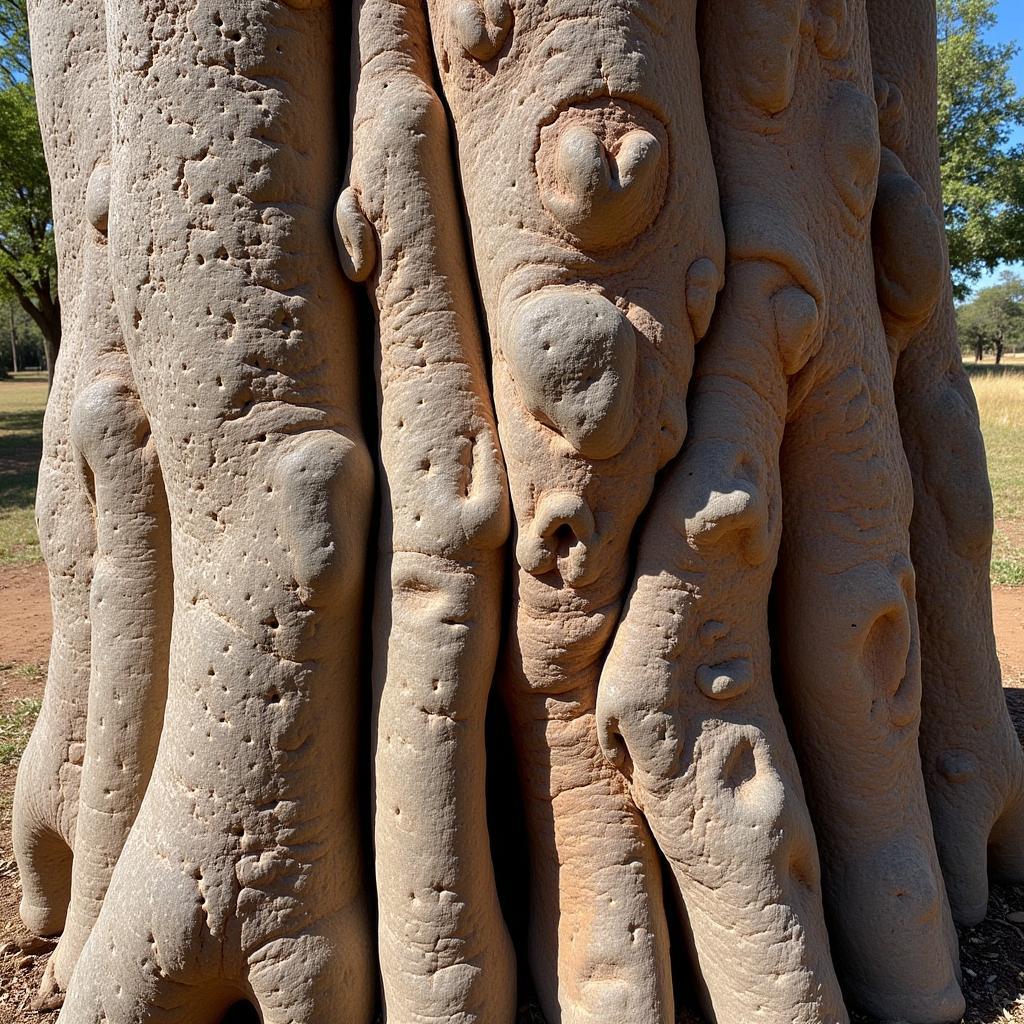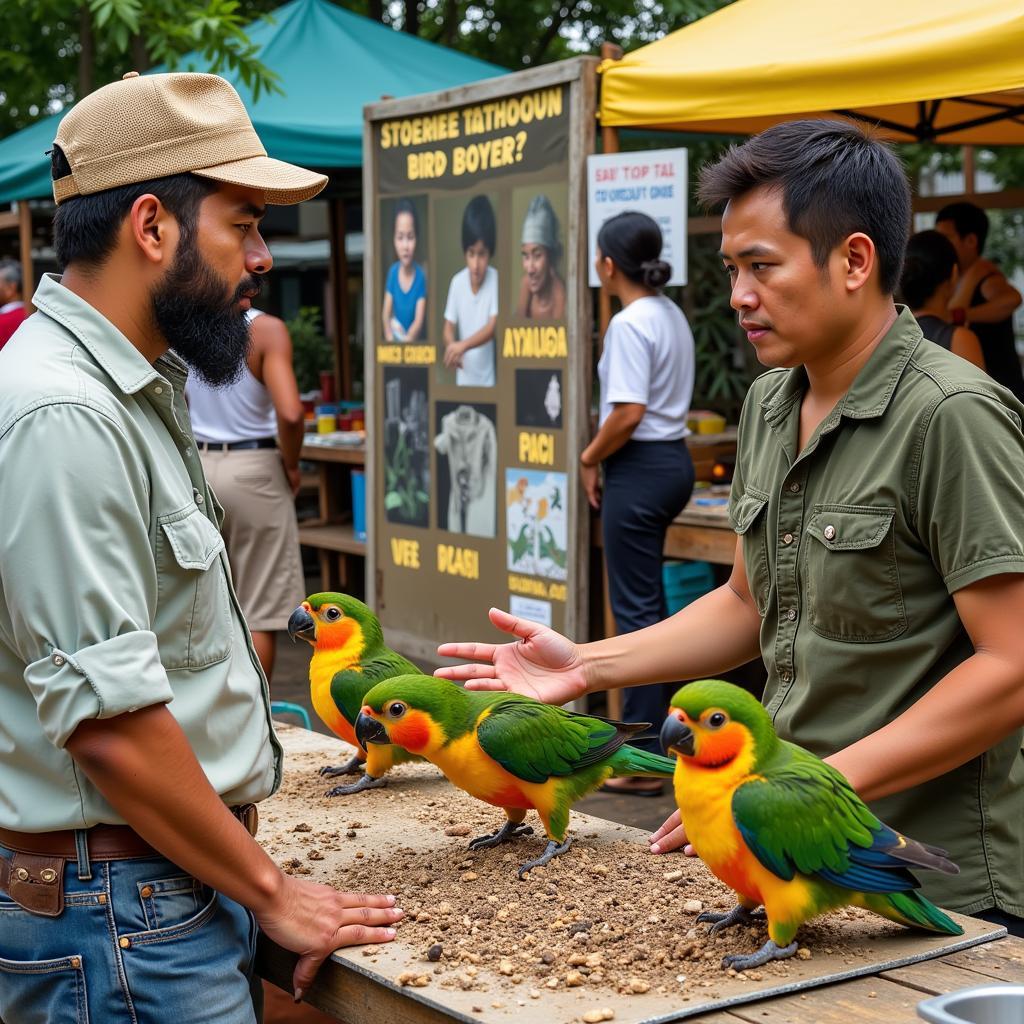Discovering Africa’s Biggest Tree: The Majestic Baobab
Africa, a land of diverse landscapes and breathtaking wonders, is also home to some of the largest and oldest trees on Earth. When we talk about the African biggest tree, the baobab immediately comes to mind. These majestic giants, with their swollen trunks and sparse branches, dominate the savannas and dry woodlands, providing shelter, sustenance, and a powerful symbol of resilience.
Unveiling the Giants: Exploring the Baobab, Africa’s Biggest Tree
The baobab, scientifically known as Adansonia, is a genus of nine species of deciduous trees. Six of these species are native to Madagascar, two are native to mainland Africa and the Arabian Peninsula, and one is native to Australia. The African baobab, Adansonia digitata, is arguably the most iconic and easily recognized, holding the title of the largest angiosperm tree in the world. Some individuals have been measured at over 150 feet in circumference and can live for thousands of years.
Why is the Baobab Called the “Tree of Life”?
The baobab is often referred to as the “tree of life,” a testament to its remarkable ability to provide for both humans and animals. From its nutritious leaves and fruit to its water-storing trunk, the baobab is a vital resource in arid regions. Local communities use the bark for rope and cloth, the leaves for medicine and food, and the fruit, known as “monkey bread,” is a rich source of vitamin C.
What are the Unique Adaptations of the African Biggest Tree?
The baobab’s remarkable size and longevity are a result of its unique adaptations to its harsh environment. Its swollen trunk acts as a giant water reservoir, allowing the tree to survive long periods of drought. The thick bark protects it from bushfires, while the small leaves minimize water loss. These evolutionary marvels are what enable the baobab, the African biggest tree, to thrive in such challenging conditions.
 Baobab Tree Close-up Trunk Texture
Baobab Tree Close-up Trunk Texture
Where Can You Find the African Biggest Tree?
The African baobab tree is predominantly found in sub-Saharan Africa, particularly in savanna regions with dry, hot climates. They are a common sight in countries like Botswana, Namibia, South Africa, Zimbabwe, and Tanzania, where they stand as silent witnesses to the passage of time and the changing landscapes.
How Old Can the African Biggest Tree Get?
Determining the exact age of a baobab can be challenging, as they don’t produce annual growth rings like other trees. However, radiocarbon dating has suggested that some of the largest baobabs are over 2,000 years old, making them some of the oldest living organisms on Earth.
The Future of the African Biggest Tree: Conservation Efforts
Despite their resilience, baobab populations are facing increasing threats from climate change, habitat loss, and over-exploitation. Conservation efforts are crucial to protect these magnificent trees and the ecosystems they support. Research and community-based conservation initiatives are working to preserve these giants for future generations.
In conclusion, the African biggest tree, the baobab, is more than just a botanical wonder. It’s a symbol of resilience, a source of life, and a vital part of Africa’s natural and cultural heritage. Protecting these ancient giants is essential for preserving the biodiversity and ecological balance of the African savanna.
FAQ
- What is the scientific name of the African baobab? (Adansonia digitata)
- What is the lifespan of a baobab tree? (Up to 2,000+ years)
- Why is the baobab called the “tree of life”? (Due to its various uses, providing food, water, and materials.)
- Where are baobab trees found? (Sub-Saharan Africa, particularly in savanna regions.)
- What are the threats to baobab populations? (Climate change, habitat loss, over-exploitation.)
- What is the fruit of the baobab called? (Monkey bread)
- How tall can a baobab tree grow? (Over 150 feet in circumference)
Need assistance? Contact us 24/7:
Phone: +255768904061
Email: kaka.mag@gmail.com
Address: Mbarali DC Mawindi, Kangaga, Tanzania.

